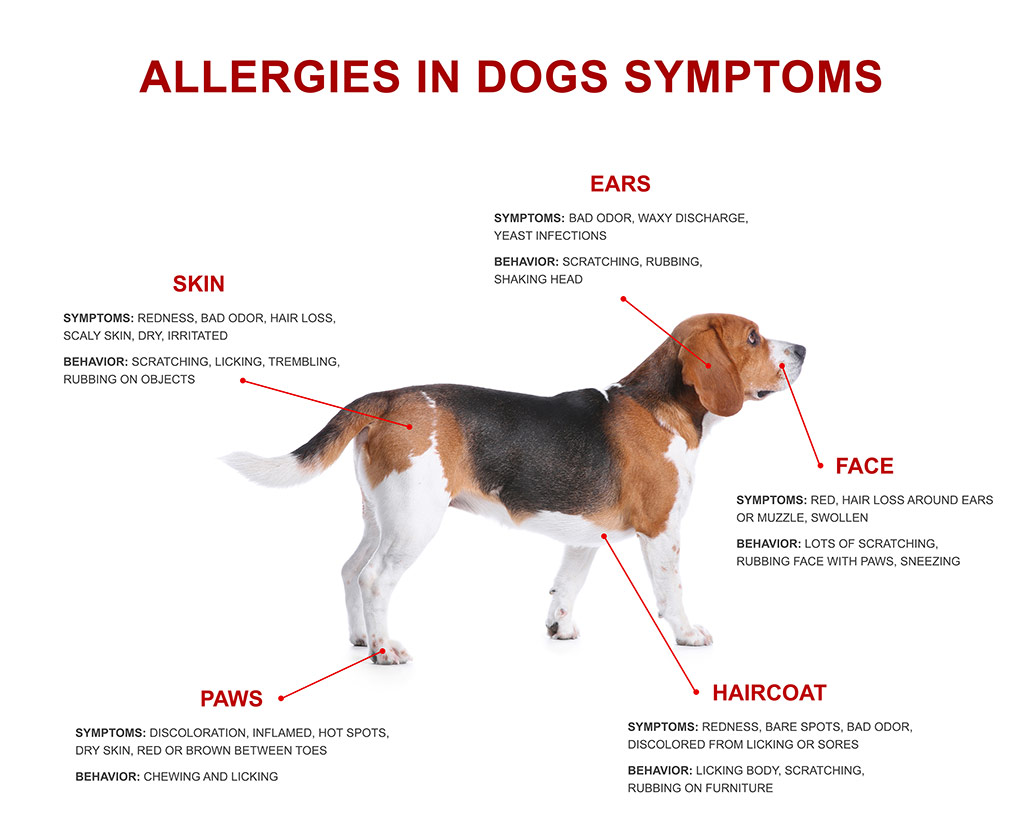How Do I Know My Dog Has Allergies? 7 Signs To Watch For
Dog Allergies Symptoms | How To Treat Dog Allergies
Keywords searched by users: How do I know my dog has allergies my dog has allergies what can i give him, symptoms of allergies in dogs, dog seasonal allergies: symptoms, home remedies for dog allergies, what can i give my dog for allergies and itching, dog allergy treatment for humans, how to treat pollen allergy in dogs, does my dog have allergies
How Can I Find Out If My Dog Has Allergies?
Do you wonder whether your dog might be suffering from allergies? Identifying potential allergies in your furry friend can be a bit challenging, but there are several key signs to look out for. Keep an eye on these common symptoms:
-
Scratching and Biting: If your dog frequently scratches or bites their coat or skin, it could be a sign of allergies.
-
Skin Issues: Watch for redness, inflammation, or signs of skin infections. Allergies can often manifest as skin problems in dogs.
-
Excessive Shedding: An increase in shedding beyond the normal seasonal shedding might indicate allergies.
-
Paw Licking: Compulsive paw licking is another potential sign of allergies in dogs.
-
Anal Gland Issues: Be alert if your dog scoots their bottom or licks their anal glands excessively; this could be linked to allergies.
-
Ear Troubles: Chronic ear infections or the presence of red, waxy ears are particularly common in dogs prone to ear issues, which can be exacerbated by allergies.
By recognizing these signs and seeking advice from your veterinarian, you can better understand if your dog is indeed dealing with allergies and take appropriate steps to provide them with relief and treatment.
How Can I Help My Dog With Allergies?
Addressing Your Dog’s Allergies: Tips for Effective Management
If you’re wondering how to assist your furry companion in coping with seasonal allergies, there are several strategies to consider. To begin with, it’s essential to adapt your daily walk routine by avoiding outdoor walks during the early morning or late afternoon when pollen levels tend to peak. This can significantly reduce your dog’s exposure to allergens.
Additionally, it’s crucial to maintain a clean environment for your dog. Regularly clear the air in your home using air purifiers and make sure to clean surfaces your dog frequently comes into contact with, like their bedding and toys.
Don’t overlook the importance of maintaining your dog’s hygiene. Frequent baths can help remove allergens from their fur and skin. Be sure to use a hypoallergenic shampoo recommended by your veterinarian.
Supplementing your dog’s diet with specific nutrients, such as omega-3 fatty acids or probiotics, can also be beneficial in managing allergies. Consult your veterinarian to determine the most suitable supplements for your dog’s needs.
Finally, for more advanced treatment options, consult your veterinarian who can provide guidance on prescription medications or immunotherapy, depending on the severity of your dog’s allergies. By implementing these strategies and seeking professional advice when needed, you can help your dog find relief from seasonal allergies and enjoy a healthier, more comfortable life.
Top 30 How do I know my dog has allergies


Categories: Top 20 How Do I Know My Dog Has Allergies
See more here: shinbroadband.com

In dogs, the most common symptom associated with allergies is itchy skin, either localized (in one area) or generalized (all over the body). In other cases, the allergic symptoms affect the digestive system, resulting in vomiting and diarrhea.
- Scratching and biting their coat or skin.
- Red, inflamed, or infected skin.
- Excessive shedding.
- Compulsive paw licking in dogs.
- Boot scoots or licking their anal glands.
- Chronic ear infections or red, waxy ears (common for dogs who are prone to ear problems in the first place)
- Adapt your daily walk routine. If possible, avoid walking your dog in the early morning or late afternoon, when pollen levels are typically highest. …
- Clear the air… and other surfaces. …
- Don’t sleep on it. …
- Jump in the bath. …
- Supplement your dog’s diet. …
- Further treatments.
Learn more about the topic How do I know my dog has allergies.
- Allergies in Dogs – VCA Animal Hospitals
- Signs your pet has seasonal allergies — and what you can do …
- How to Help Your Dog Deal with Seasonal Allergies – Dogtopia
- Allergies in Dogs: What You Need to Know – 4 Paws Veterinary Care
- Food Allergies in Dogs – VCA Animal Hospitals
- Pet Allergies: Types, Symptoms, Treatment & FAQs
See more: https://shinbroadband.com/category/automotive/
